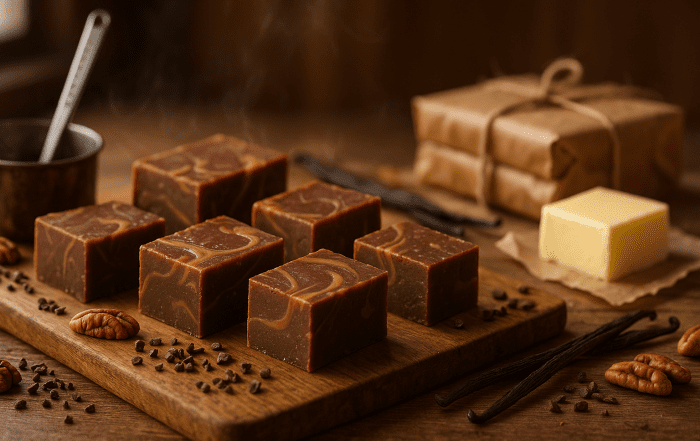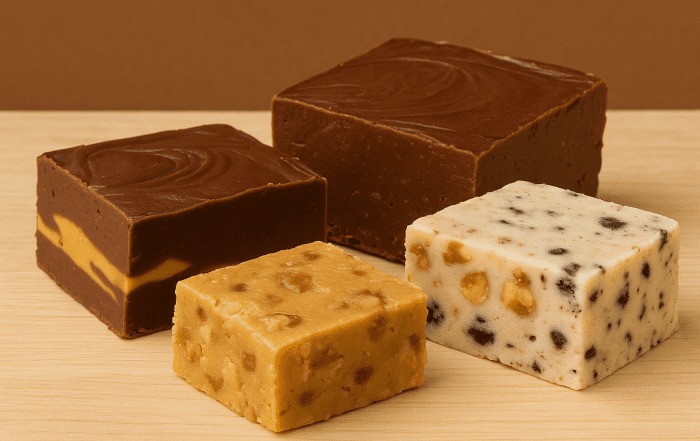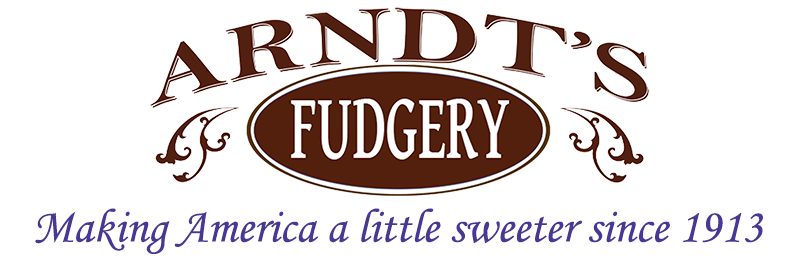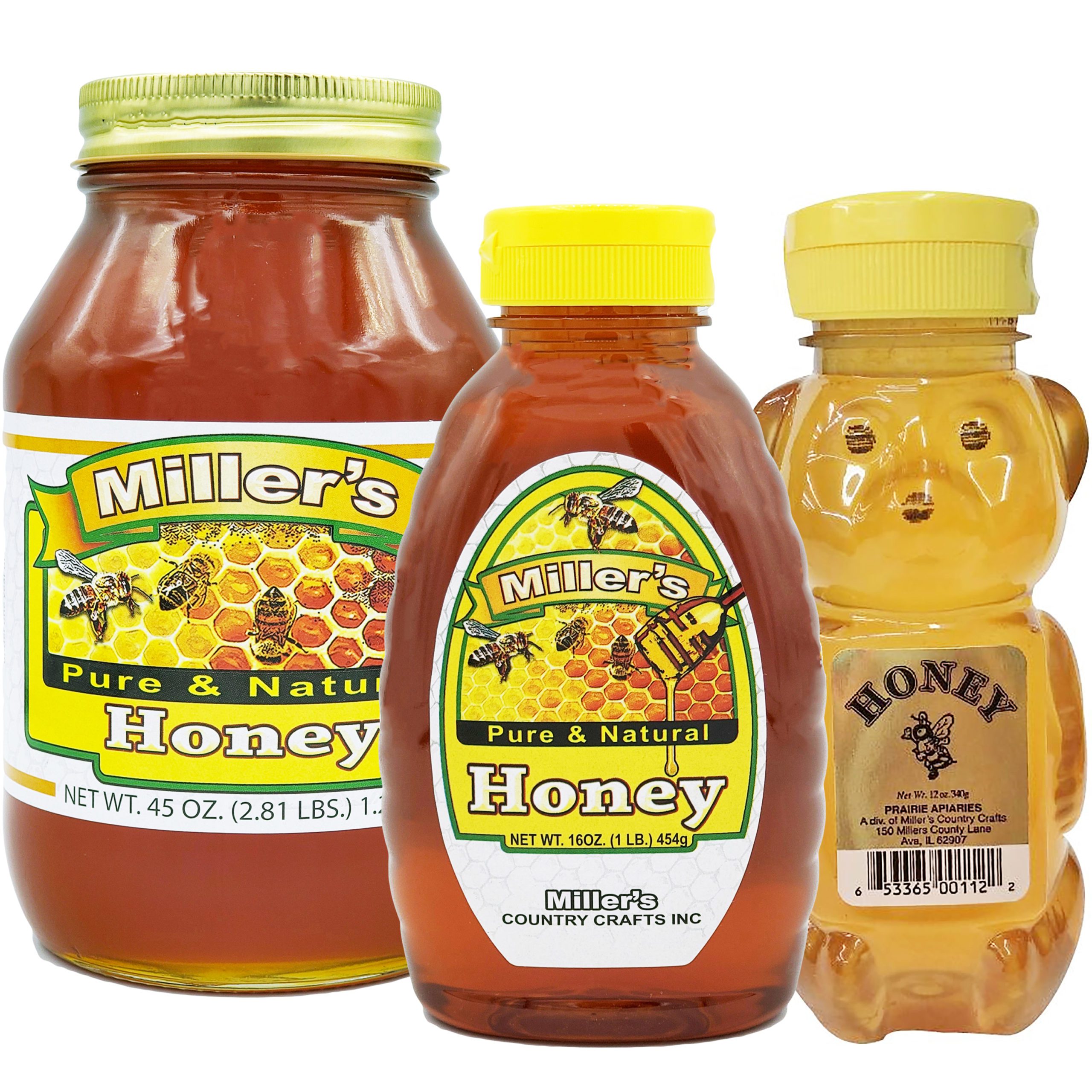
Latest Blogs
When you hear the words “Amish honey,” what comes to mind? Maybe images of lush countryside, humble farmhouses, and hardworking individuals who still preserve the essence of simplicity. But there’s something deeper hidden within their way of life—their honey. Amish honey is more than just a sweet addition to your pantry; it’s a symbol of purity, tradition, and nature’s golden treasure. In a world of mass-produced foods, Amish honey stands as a testament to the benefits of natural, handcrafted products. But is Amish honey really as good as people say? Let’s dive into the sweet world of Amish honey and discover its secrets.
What Makes Amish Honey Special?
You might be wondering, “What makes Amish honey different from the honey I can grab off the supermarket shelf?” Well, a lot, actually. The Amish are known for their dedication to tradition, and this extends to their beekeeping practices. Amish honey is typically made using techniques that have been passed down for generations. The bees are carefully cared for, often in pesticide-free environments. This means the honey is free from harmful chemicals, making it not only purer but also healthier. There’s no rush to mass-produce the honey, so the bees are allowed to work at their natural pace, resulting in a product that is both ethically produced and deliciously wholesome.
The Traditional Amish Honey-Making Process
The Amish are known for their handcrafted methods, and their honey production is no exception. Unlike commercial honey producers who often use modern machinery to speed up the extraction process, the Amish stick to tried-and-true methods. The honey is often harvested by hand, and some Amish communities even refrain from using electricity during the process, staying true to their roots. Once the honey is harvested, it’s left in its raw form—unfiltered and unpasteurized. This allows it to retain all of its natural enzymes, pollen, and nutrients. The result? A rich, flavorful honey that has a unique depth you won’t find in most store-bought varieties.
Amish Honey: Pure and Unprocessed
One of the key characteristics of Amish honey is that it’s raw. This means that it hasn’t gone through the high-heat pasteurization process that many commercial honeys do. Why does this matter? Well, pasteurization may help extend shelf life, but it also destroys many of the beneficial enzymes and nutrients found in honey. By keeping it raw, Amish honey retains all of its natural goodness. This raw, unprocessed state means Amish honey often has a more robust flavor. It might even have bits of honeycomb or pollen in it, which many people believe enhances its health benefits. For those who appreciate organic and all-natural products, Amish honey stands out as a top choice.
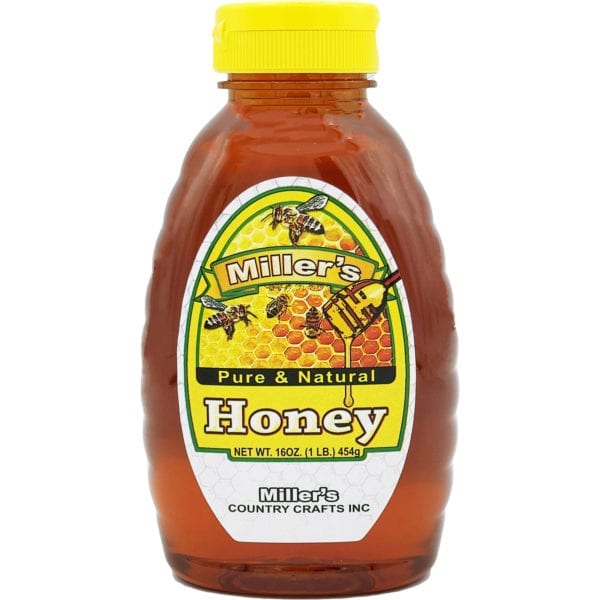
The Health Benefits of Amish Honey
Beyond its incredible taste, Amish honey is also packed with health benefits. It’s a powerhouse of antioxidants, enzymes, and natural sugars, making it a healthier alternative to refined sweeteners. Here are some ways Amish honey can boost your health:
Rich in Antioxidants: Raw honey, like that made by the Amish, contains antioxidants called flavonoids and phenolic acids. These help fight free radicals in the body, which can reduce inflammation and lower your risk of chronic diseases like heart disease and cancer.
Natural Energy Boost: If you’re looking for a natural pick-me-up, a spoonful of Amish honey can provide a quick energy boost. Its natural sugars (glucose and fructose) are absorbed into the bloodstream quickly, offering a much healthier alternative to sugary snacks or caffeinated beverages.
Soothing for Sore Throats: Amish honey has long been used as a natural remedy for sore throats and coughs. Its antibacterial properties can help fight off infections, and its thick, sticky texture provides a soothing coating for irritated throats.
Promotes Digestive Health: Raw honey can also promote digestive health. It contains prebiotics that nourish the good bacteria in your gut, helping to improve digestion and support a healthy immune system.
Wound Healing: The antibacterial and anti-inflammatory properties of raw honey make it an effective treatment for minor cuts and burns. Applying a small amount of Amish honey to a wound can help speed up healing and prevent infection.
Is Amish Honey Better Than Regular Honey?
Now, you might ask, “Is Amish honey really better than the regular honey I use at home?” The short answer: yes, if you’re looking for something pure, unprocessed, and full of health benefits. While regular commercial honey can still be a sweet treat, it often undergoes pasteurization and filtering, which strips it of many of the beneficial compounds found in raw honey. Amish honey, on the other hand, offers a natural, wholesome alternative that retains all of the nutrients and antioxidants that make honey such a valuable addition to your diet. Plus, since it’s usually harvested from bees that haven’t been exposed to harmful chemicals, you can feel good about the environmental impact as well.
The Unique Flavor of Amish Honey
If you’ve never tried Amish honey, you’re in for a treat. Its flavor can vary depending on the flowers the bees have pollinated, but generally, Amish honey has a rich, full-bodied taste that is more intense than most processed honey. Some describe it as floral and earthy, with a hint of spice or a woody undertone. It’s this complexity of flavor that makes it stand out from the crowd.
How to Use Amish Honey in Your Kitchen
Amish honey is incredibly versatile and can be used in a variety of ways in the kitchen. Whether you’re drizzling it over oatmeal, using it as a sweetener in your tea, or incorporating it into baked goods, Amish honey adds a depth of flavor that elevates even the simplest dishes. Here are a few ideas to get you started:
On Toast: Spread a little Amish honey on a slice of buttered toast for a simple yet delicious breakfast.
In Tea: Stir a spoonful of honey into your favorite herbal tea for a natural sweetener that pairs perfectly with earthy flavors.
Salad Dressing: Mix Amish honey with olive oil, vinegar, and mustard for a quick and easy homemade salad dressing.
Baked Goods: Replace sugar with honey in recipes like banana bread or cookies for a more natural sweetness.
Marinades: Use it in marinades for chicken or pork to add a touch of sweetness that balances out savory flavors.
Where to Buy Amish Honey
Because the Amish community largely stays away from mass-market distribution, finding Amish honey can sometimes be a little tricky. However, many local farmers’ markets, specialty stores, and online retailers offer Amish honey. If you’re lucky enough to live near an Amish community, you may even be able to buy it directly from the source, ensuring it’s as fresh and authentic as possible.
Conclusion: The Sweet Simplicity of Amish Honey
In a world filled with artificial sweeteners and processed foods, Amish honey stands as a refreshing reminder of the benefits of simplicity. Its raw, unfiltered nature ensures that you’re getting the purest form of honey, packed with antioxidants, enzymes, and rich flavors. Whether you’re looking to boost your health, enhance your cooking, or simply enjoy a spoonful of nature’s golden treasure, Amish honey is a sweet and wholesome choice.
Check out our Facebook for more!
FAQs
Is Amish honey organic? While not always certified organic, Amish honey is often produced in pesticide-free environments, making it a natural and clean product.
Can Amish honey help with allergies? Some people believe that consuming local honey, like Amish honey, can help build immunity to pollen and alleviate seasonal allergy symptoms.
How long does Amish honey last? Raw honey, including Amish honey, can last indefinitely when stored properly. It may crystallize over time, but this can be reversed by gently warming the honey.
Is Amish honey safe for children? Honey, in general, should not be given to children under one year of age due to the risk of botulism. However, it is safe for older children and adults.
What’s the best way to store Amish honey? Keep your Amish honey in a cool, dry place, away from direct sunlight. It’s best stored in a tightly sealed container to prevent moisture from getting in.

